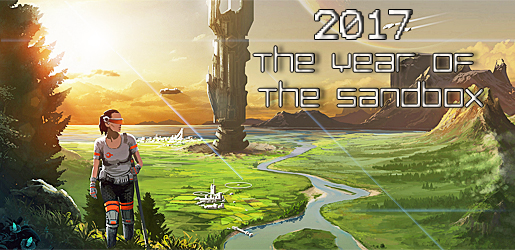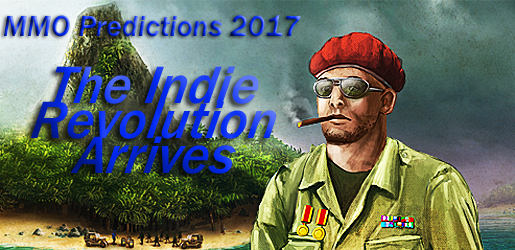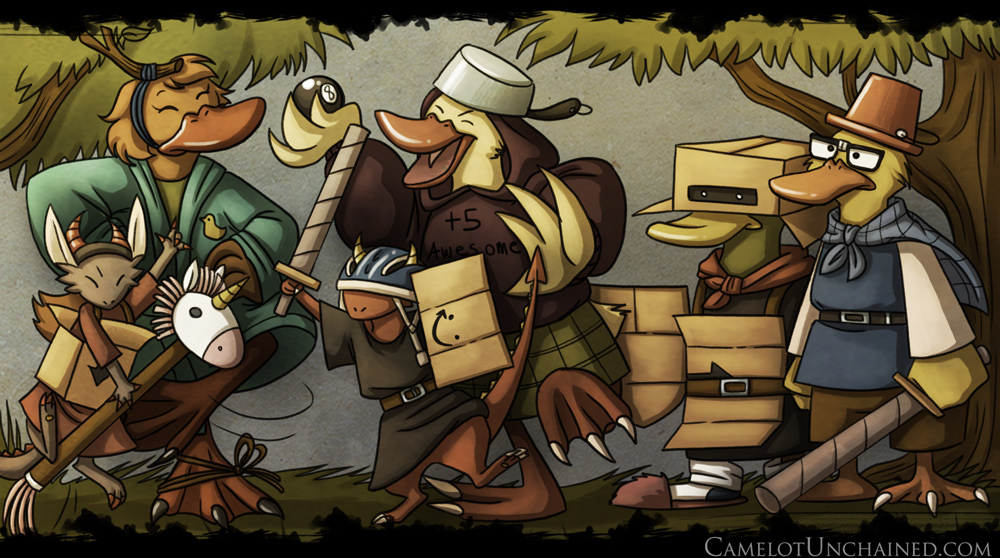Crowd Funds: Interview with Camelot Unchained’s Mark Jacobs
Questions by Shannon Doyle (Leliah), OnRPG Journalist
Answers by Mark Jacobs; City State Entertainment Co-Founder
For the first official article in the new Crowdfunding focused column, Crowd Funds, I got the pleasure of interviewing Mark Jacobs from City State Entertainment, the minds behind Camelot Unchained. He has famously worked on everything from Godzilla Online to Dark Age of Camelot. And his new game currently called Camelot Unchained has been causing quite a stir. As of right now on Monday, April 8, 2013, not even a week into the Kickstarter campaign City State Entertainment is just shy of the 1 million dollar mark; that means they’re almost half way. And while Mark is undoubtedly a very busy man with all his rubber ducks and running a business I had the pleasure of asking him a little bit about the Camelot Unchained Kickstarter campaign, business choices, and much more.
Hi Mark, thank you so much for taking the time to answer a few questions. Congratulations on getting the Kickstarter campaign off the ground, it looks like it is going to be a huge success.
Hey! Thanks for the kind words but we’re not there yet. We are certainly off to a great start, but we also had the advantage of having a lot of people excited about our game before we launched the Kickstarter.
So lets get right into it. What made Kickstarter a viable option for City State Entertainment? Why did this become the route you decided to take instead of a more traditional publisher?
As to why we didn’t want to go to a publisher, there are really three reasons. First, we wanted to keep ownership/control of our IP. As the number of publishers has dwindled, they have gotten ever more insistent about owning all or a big piece of any game they publish. I’ve fought against that my whole career, and I wasn’t about to give in now. Secondly, Camelot Unchained is a risky venture because it is a niche, tightly RvR-focused MMORPG with no PvE. That’s not an exciting prospect for most publishers.
Third and most importantly, we wanted to make our game for our backers. I have no interest in trying to make WoW 2.0 or an F2P MMORPG. My interest is to make a great, RvR-focused MMORPG that doesn’t have to figure out how to monetize every aspect of a player’s experience. I don’t play MMORPGs like that, and I don’t want to create them.
Why did you decide to go with so many reward tiers? Was there any worry that it might be too complicated?
It was and remains a risk, but I wanted to put together the many tiers as a thank-you to the community that has been so supportive of us. This is my way of expressing my deep appreciation for that support. If it works out for us, fabulous, but I’d rather risk confusing some people than disappointing them.
What made you decide to publish your Foundational Principles? Is this something you think all MMO studios should do or is it something that has come about because of Kickstarter?
I always tried to create similar documents at Mythic Entertainment, whether it was for Warhammer or other games. By publishing them beforehand, we helped to build buzz among the community by showing them the kind of game we wanted to create. As to whether other MMO studios should do that, it’s up to them.
There has already been discussion in the community of what possible stretch goals there might be. Do you plan on having any? If so what sorts of things might they include?
Absolutely! As to what they are, well, the most obvious ones are additional races and classes. As to some of the others, that would be telling.
Do you foresee Kickstarter letting you do anything particularly unusual with the game now that you are free of publisher input and “answer” to the fans?
Absolutely! This game is based on the principle that we don’t need to design a game that has to attract 1M players to be successful. It also means we can take chances with the game design going forward because again, we are not trying to appeal to 1M players or a publisher who thinks certain ideas are too risky for this type of game.

The Kickstarter campaign has started. Were you surprised by the huge rush in the first few minutes?
Not at all. Thanks to all the wonderful support we have gotten from the players and sites such as OnRPG, our Kickstarter got off to a really great start.
Now I’d like to break away from the Kickstarter campaign and talk about the game itself.
Character customization has come a long way through the years, from getting to only pick a hair style in the old days to the amazing detail today with facial structure and even fingernail length. How important is this to you and how much of it will we see in Camelot Unchained?
Oh, we are so going to have a fingernail slider! Andrew is already working on it. After that, he’ll move on to the earlobe and eyelash ones, then the most important of all, the extra cheese and bacon slider! In truth, we don’t consider any of that important for Camelot Unchained. We have no interest or desire to try to compete for the title of “prettiest MMO of the year” or such stuff. Our engine is being designed to do one thing better than anything else, put more good (but not outstanding) models on the screen at one time while still maintaining a good framerate and fluidity of gameplay. If we can’t do that, we will fail.
Do you think you are taking risks having a monthly sub model in this age of apparent F2P ?
Absolutely, but only if we were trying to make a game with a broad appeal. I don’t hate all F2P games, just the ones where you are either meant to feel like a loser if you don’t immediately cough up some dough, or worse, that you are playing what used to be called, in arcade game parlance, a “quarter sucker”. That’s why I don’t play most F2P titles – and don’t get me started on “pay to win” games or I’ll really go off an rant.
What do you think is the special factor that breeds realm or faction pride, instead of just picking from the menu so you can play the game?
The first step is to create three different realms, each with a strong backstory and unique physical appearance, and to separate them geographically. Next, make sure that we won’t have mirrored races, classes or anything like that. What we are going to have are realms, races and classes that can stand on their own and are different from each other. Once you’ve done that, make sure there is plenty of motivation to fight the enemy (easy as we are a RvR game), but also to hate them; we will do this as well, and that’s only the beginning of the story.
Finally, if there was one thing you could say to fans or potential fans to convince them to support Camelot Unchained what would it be?
If you are looking for a game where RvR isn’t the endgame but the only game – a game where your choices matter and where the developer is not only willing to risk his time but also his own money, then the Camelot Unchained Kickstarter is waiting for you.
Once again I’d like to thank Mark Jacobs and everyone else who made this interview possible. Including you guys the readers! If Camelot Unchained sounds like your kind of game there is still plenty of time to back it. And if they really do get a bacon slider in, it might just win tastiest game of the year at the end of the year awards in December. I would put that one to max.
Can’t get enough of Camelot Unchained? Be sure to catch our over 40 minute detailed interview with Mark to get a deeper understanding of the founding principles:








